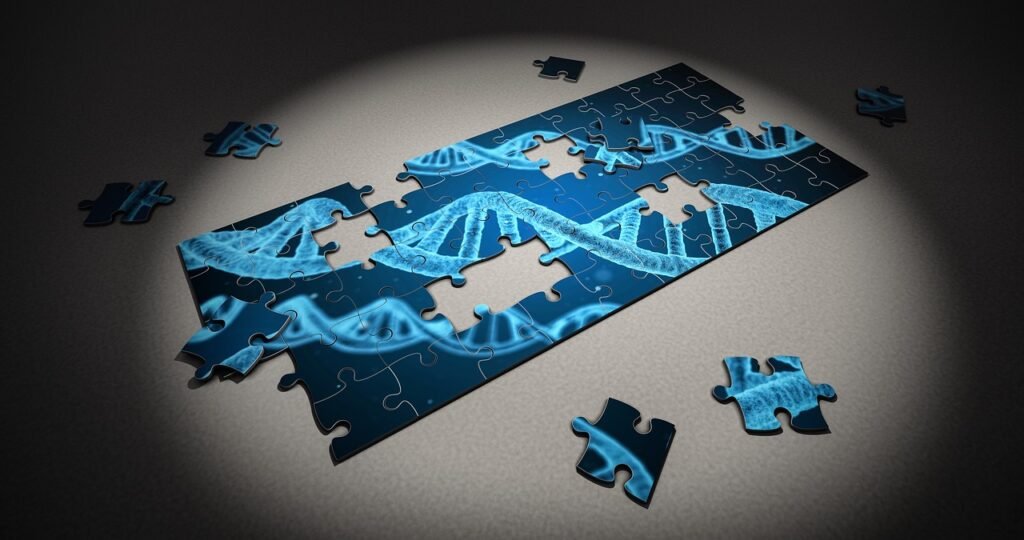Data Mining
Data mining is a method to transform unstructured data into useful information. Businesses can learn more about their customers to create more successful marketing campaigns, boost sales, and cut expenses by employing software to seek patterns in massive volumes of data. Effective data collection, warehousing and computer processing are prerequisites for data mining. I hope you get the basic idea of what is data mining.

- How does data mining work?
Data mining is the process of examining and analyzing huge chunks of data to discover significant patterns and trends. Numerous applications exist for it, including database marketing, credit risk management, fraud detection, spam email screening, and even user sentiment analysis.
There are five steps in the data mining process. Data is first gathered by organizations and loaded into data warehouses. The data is then kept and managed, either on internal servers or in the cloud. The data is accessed by business analysts, management groups, and information technology specialists, who then decide how to organize it. The data is next sorted by application software according to the user’s findings, and ultimately the end-user presents the data in a manner that is simple to communicate, such as a graph or table.
- How uses data mining?
The financial industry uses data mining to seek market patterns, while governments use it to find potential security risks. Data mining is a strategy used by businesses, particularly online and social media corporations, to develop effective advertising and marketing campaigns that target niche user groups.
- How is data mining done?
Big data and sophisticated computing techniques, such as machine learning and other forms of artificial intelligence, are necessary for data mining (AI). Finding patterns in otherwise unstructured or huge data sets that can be used to draw conclusions or make predictions is the objective.
- Example of data mining
The use of data mining tools in grocery stores is well known. Customers can get free loyalty cards from several supermarkets, which entitle them to discounted rates not available to non-members. With the cards, retailers can easily keep tabs on who is purchasing what, when, and at what price. After evaluating the data, retailers can use it to offer customers coupons based on their purchasing patterns and determine when to sell things on sale or at full price.
When a business implies only a small sample of information that is not representative of the entire sample population to support a certain claim, data mining can create problematic solution.